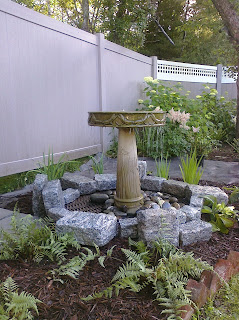I've been back and forth on the whole collar issue. Collar? or just a band? Since both my Victorian shirts have only collar bands I decided on a collar and stand for this shirt. The problem? I only have patterns for a buttondown collar and a rounded collar (which came out like crap because I stink at sewing curves).
I will have to make my own collar pattern.
My goal is a narrow spread collar, so I made a mock up using my Swedish tracing paper. It can be sewn just like fabric. I was able to experiment with the spread by wrapping the paper collar around my neck and folding it to a shape I liked. Once I was satisfied, I ripped the seams apart and simply traced a new collar pattern based on my various folds.
Ok, I own the shirtmaking book by DPC. I'm not mentioning his name here for fear of being sued. This book brings on an instant headache for me. If I had some prescription pain killers I'd be taking them. Nevertheless, I've decided to follow his directions for a collar with slots for collar stays. For some reason, founded or unfounded, I'm worried that my little spread collar won't hold its shape. So here goes....
The edge of the collar is folded back and trimmed off. Then a 4 - 5" scrap of cloth is basted into position behind it.
The 1/2" slot for the stay is stitched through all the layers. I think you just have to use your intuition about the angle that bisects the point of the collar. Also, there has to be room to get the stay into the slot, so be aware of where the seam allowances are.
Once the slot is stitched the pattern is pinned back onto the collar and the scrap is trimmed. Now you're back to the original collar shape.
Here's how it looks after the collar is stitched, turned and attached to the stand. Yay! This ended up better than I anticipated. Time to attach the collar / stand to the shirt.
At this point, however, I put DPC back on the shelf and go to Peter's shirt sew-along instructions . Attaching the stand to the shirt is the most challenging part of shirtmaking for me, and his technique has work the best for me. Still it's never easy and quite time consuming to do well.

Getting there! Time to give it a rest. All that's left are buttonholes and hemming.



















